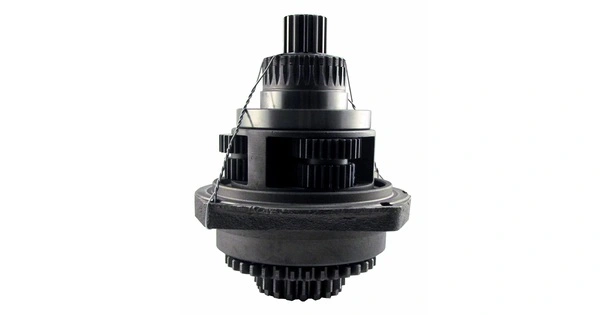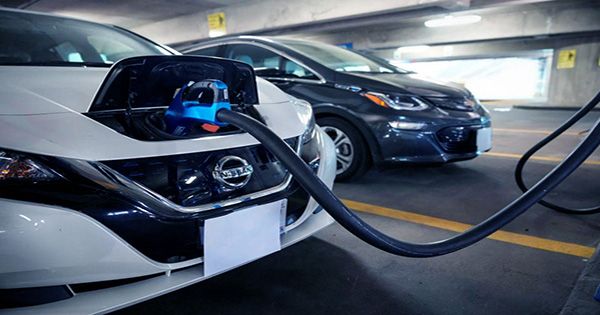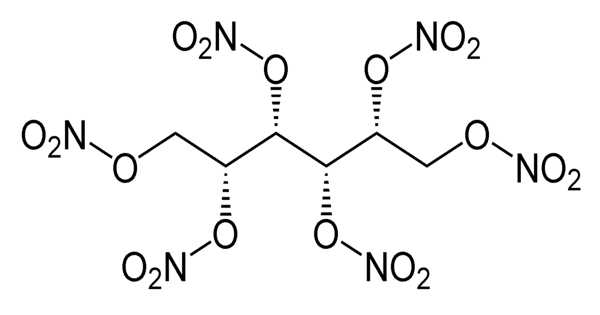A torque amplifier is a mechanical device that increases the torque of a rotating shaft while keeping the rotational speed constant. It is a mechanical device used to boost an engine’s or motor’s torque production without necessarily raising its speed. It is often employed in agricultural machinery, such as tractors, to give the operator more control over the power output of the machine. Mechanically, it is similar to the capstan found on ships. Its most well-known application is in power steering on autos. It was also employed on the differential analyzer to improve the output torque of the otherwise limited ball-and-disk integrator.
To better match the machine’s power to the precise work at hand, the torque amplifier allows the operator to select between two different torque ratios, commonly referred to as “low” and “high” ranges. Although unrelated, the name is also applied to some tractor gearboxes. It varies from a torque converter in that the output shaft’s rotational speed slows as the torque increases.
Here’s how a torque amplifier typically works:
- Low Range: In the low range, the torque amplifier reduces the output speed of the engine while increasing the torque. This is useful for tasks that require a lot of power but not necessarily high speeds, such as plowing or pulling heavy loads. The operator can engage the low range when more torque is needed.
- High Range: The torque amplifier allows the engine to run at a faster speed with less torque output in the high range. This is useful for operations that need higher speeds, such as driving or operating specific equipment. When more speed is required, the operator can switch to the high range.
- Clutch or Engagement Mechanism: A torque amplifier is often engaged or disengaged through a clutch or lever. When the user uses the torque amplifier, the transmission’s gear ratio adjusts to move between low and high ranges.
A torque amplifier provides the operator with additional flexibility in modifying the machine’s performance to meet the specific requirements of a task. This can improve efficiency, reduce fuel consumption, and make the machine more versatile for various applications.
















